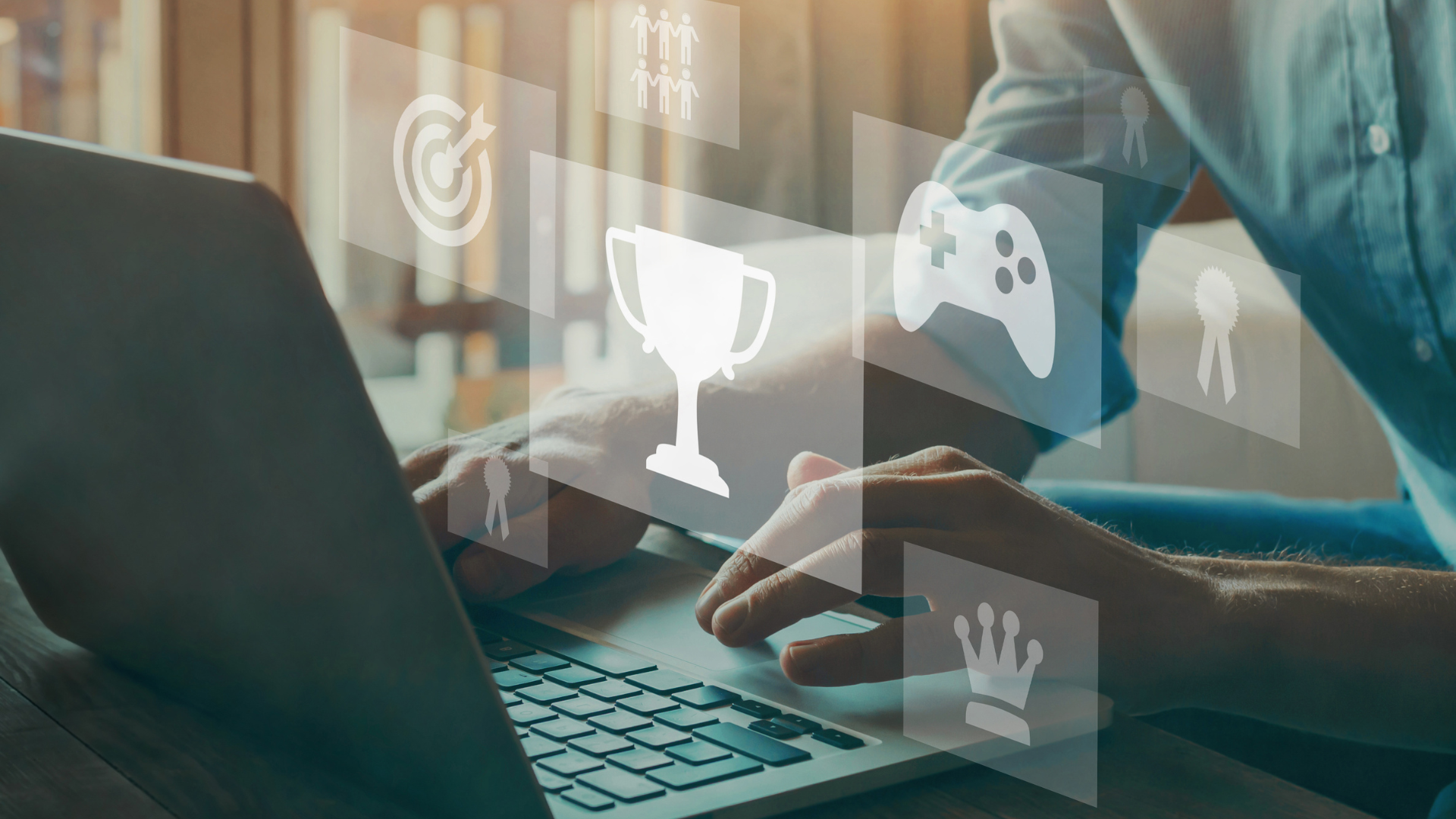Most educators would agree that traditional classroom-based learning with its printed textbooks and static resources is no longer the norm. In fact, rapid technological advancements over the past decade have completely reshaped the idea of a classroom and transformed the way we teach and learn. Many organisations are already seeing the benefits of embracing these new technologies with 94% of educational professionals saying incorporating them into the classroom has improved their students’ academic performance.
Despite the prevalence of technology in the education sector already, we are on the verge of further change, with further advancements and technological innovations set to transform the future of the classroom. In this article, we’ll explore some of the ways technology will offer limitless possibilities for learning and development in the classrooms of the future.
Remote learning and online classrooms
In 2020, educational facilities around the world were forced to shut their doors and move their lessons online. In response to this global shift, remote learning technology improved rapidly, permanently altering the way in which many organisations approach online learning.
Post 2020, the traditional face-to-face classroom is no longer the only effective setting in which to deliver lecture-style lessons or present educational resources. Indeed, many organisations are exploring their options by keeping some or all classes online. And it’s not just educators embracing this change; a 2021 study found that 73% of students wanted some of their courses to remain entirely online post-pandemic.

Armed with the latest developments in L&D technology, educational organisations can create a fully functional virtual learning environment (VLE) which not only looks to replicate the traditional classroom but further enhance it to enrich the learning experience. Technology such as virtual classroom software and video conferencing tools allow students to attend lessons in real-time from anywhere in the world. Additionally, platforms such as a learning experience platform (LXP) allow students to collaborate on learning content together in real-time, facilitating important peer-to-peer learning that historically occurred in a physical classroom.
With online classrooms and VLEs, students are no longer constricted by timetables and hour-long lectures. E-learning technology provides the opportunity to access resources anywhere and at any time - giving them a better chance of getting more out of their learning and achieving better results.
Data-driven learning
When learning is carried out in a VLE via platforms such as a learning management system (LMS) rather than physical classrooms, educators will benefit from e-learning data which can be collated to monitor progress and shape future learning.
Data can be collected from across the platform, looking at elements such as course completion rates and sign-on rates, providing insights into student performance, learner preferences, preferred learning styles and content types, and much more.
While the future of the classroom may not be 100% online for some organisations, those operating with a hybrid of both offline and online learning can still take advantage of e-learning data. For example, educators may choose to deliver assessments online so that they can immediately gather results and gain instant insight into which of their students require additional support and which are excelling.
Personalising the learning experience with learning technology
Using the data gathered from online learning systems, educators can assess how they can improve learning on an individual basis by analysing the information they have gathered on student performance and learner preferences. As a result, the future of the classroom will no longer be a ‘one size fits all’ approach, but a personalised, tailor-made learning experience designed to get the best out of each learner. British Prime Minister Rishi Sunak has championed the use of AI in education, echoing the idea that this technology could provide ‘personalised learning for each individual’ and comparing it to the impact of having a tutor.
Traditional classroom teaching mostly consists of a lecture-style delivery, with a teacher expecting students to make notes or memorise what is being said via the authority method. However, a classroom full of students is comprised of a diverse range of learning techniques, proficiency levels, attention spans and educational preferences. As a result, not every student will receive the same learning experience and those who don’t respond well to the authority method are at risk of getting behind.

The future of the classroom is tailor-made learning plans, with an education style that better supports the diverse learning requirements of each student. Students and teachers can work together using an LMS or performance management system to develop individual learning objectives, identify the most appropriate lesson type and use tools such as e-learning assessments to identify topics and subject matter which require further teaching.
Additionally, students with specific learning requirements and disabilities will also be supported in a future where advanced assistive technology and online learning work symbiotically to personalise the learning experience to meet their needs without having to solely rely on educators to provide additional face-to-face support.
Delivering a diverse range of content
Traditional classroom-based teaching can create limitations around the type of content that is presented to students, typically consisting of PowerPoint presentations, videos, or printed materials. As a result, learning can become stagnant and student engagement can decline rapidly. New e-learning technology allows educators to easily deliver a wide range of content types and consequently break down the barriers created by classroom teaching which typically prevent learning from being engaging.
In the near future, most organisations will likely embrace the use of e-learning technology to diversify content through lesson types such as gamification, microlearning, interactive content, scenario-based learning – and much more.

The emergence of AI in the classroom
When analysing what the future of the classroom might look like, it’s inevitable that AI will have a key part to play. The emergence of AI in educational environments has already changed the way that some organisations are approaching learning and development, and this is highly likely to continue.
AI tools can automate administrative tasks by carrying out processes such as providing intelligent and constructive feedback to students or marking and grading assessments. Whilst these functions will be hugely beneficial for teachers and educators in saving time and effort, AI tools will also have a transformative effect on students in the future classroom setting.
For example, an AI-enabled chatbot can answer a student’s question in about 2.7 seconds, providing them with instant access to information, rather than having to wait for a teacher to respond – saving both students and teachers a great deal of time.
How can you bring elements of future classroom learning into your current teaching environment?
Although this article discusses how future classroom learning may be shaped by emerging technologies, the majority of functionality, features and technology are readily available to use now. So how can you introduce this technology into your L&D initiatives? Our e-learning platforms such as LMS and LXPs are powerful systems that boast the technology required to achieve the future of learning. If you’d like to find out more, get in touch with one of our e-learning experts or book a free demo to see how our Totara Learn or Moodle LMSs can enhance your L&D and empower your learners.
-1.png)
Propel your L&D into the future with new e-learning technology
Book a demo and discover how our e-learning platforms can elevate your learning and development initiatives.
.png?width=1080&height=520&name=Blog%20CTAs%20(18).png)



